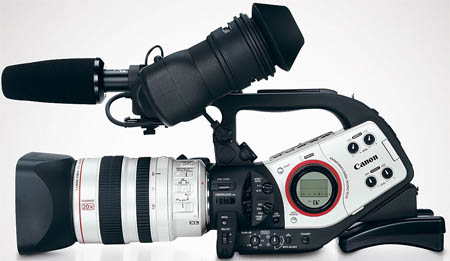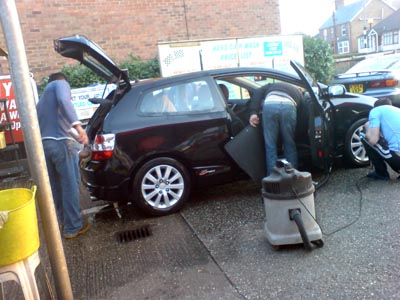Just a few words on this one, as I don’t actually have time to write a full review right now.
The Nikon D200 is an astonishingly good camera for the money. It feels solid, reliable and trustworthy in my hand, which can’t be a bad thing! The feature set is superb – very ‘pro’ level stuff in there – my current favourite time saver being the automatic ISO adjustment. I realise I ought to take more control over things than let the camera do it, but when in a rush, in low levels of light (or fluctuating levels on a cloudy day with sunny intervals) I just didn’t have time to keep re-setting it. Using the auto setting was a lot easier, ensured the images were exposed more appropriately and allowed me to use aperture priority rather easily.
The histograms are very good – colour charts help me to establish what is going on in the pictures before I get it to a computer, and enable me to effectively set the exposure where it needs to be.
Using a Sigma lens is nice as well – the lens responds quickly to most situations, although I do occasionally find it struggles to focus when using one of the outer-most focus points in the viewfinder. Using the central set gives very few problems, so perhaps this is something any lens would struggle with… I need to test it more.
In practice, using this range of lens gave me all I needed for wider shots, portrait type shots and close ups on details… a Macro lens would help with the latter, but in all other respects this lens is a lovely compromise across a wide range of focal lengths. So much so, in fact, that I wouldn’t automatically carry many others.
So is the Sigma as good as the Nikkor counterpart? Hard to say without a scientific test, but apart from the VR capabilities on the Nikkor, I can’t see any real differences on most images – the Sigma performs well across a range of settings. I did get a touch of barrel distortion at the wider end of the scale, but in all honesty this could as easily have been down to the angle of the shot as much as anything else.
Since the camera body came along so reasonably priced, and the lens is a good performer, I can recommend folk this combination. Of course, don’t take my word for it – pop along to your nearest tame retailer and try them both out to see which you prefer. Shoot in RAW format, compare the images on a computer and see which you like best.
Talking of RAW – a 2GB Compact Flash card in a D200 will store about 120 images in RAW format from this camera. Don’t forget this is over 10 megapixels and files coming in to Aperture are regularly over 15Mb each. Shoot in JPEG fine and get hundreds of images… or JPEG normal and see the numbers grow – but I am preferring RAW format at the moment – it allows more possibilities for manipulation when on a computer.

 My mate Matt has a very dirty car. In fact,he took it for a service and got told off by the main dealer for the state it was in… my guess is that they didn’t like the rodents they found in the back!
My mate Matt has a very dirty car. In fact,he took it for a service and got told off by the main dealer for the state it was in… my guess is that they didn’t like the rodents they found in the back!